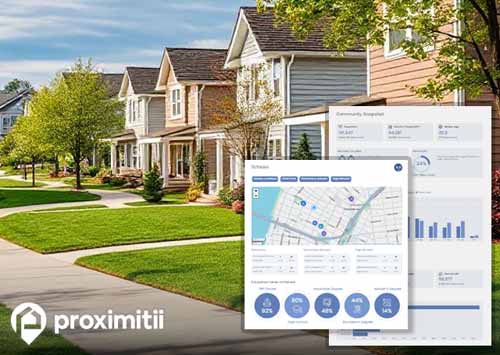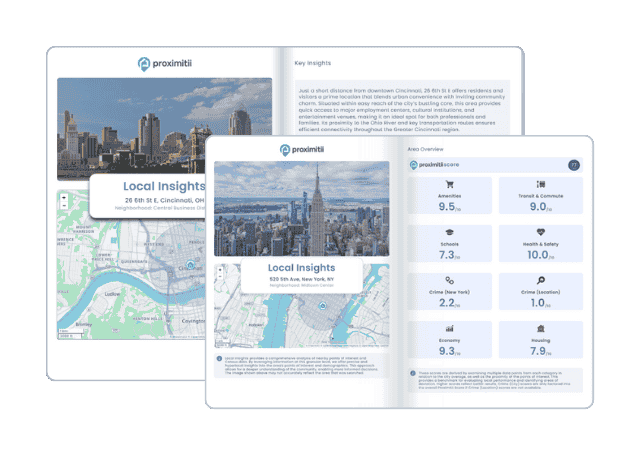| Statistic | Reportedincidents | /100k people | Smith Mills/100k people | Massachusetts/100k people | National/100k people |
| Total crime | 0 | n/a (estimate) | 1,050 (estimate) | 1,427 | 2,119 |
| Murder | n/a | n/a | n/a | 1.8 | 5.0 |
| Rape | n/a | n/a | n/a | 27.6 | 37.5 |
| Robbery | n/a | n/a | n/a | 36.0 | 60.6 |
| Assault | n/a | n/a | n/a | 249.3 | 256.1 |
| Violent crime | n/a | n/a (estimate) | 232 (estimate) | 315 | 359 |
| Burglary | n/a | n/a | n/a | 130.3 | 229.2 |
| Theft | n/a | n/a | n/a | 876.3 | 1,272.1 |
| Vehicle theft | n/a | n/a | n/a | 105.5 | 258.8 |
| Property crime | n/a | n/a (estimate) | 818 (estimate) | 1,112 | 1,760 |



Why stop at city-to-city? With Local Insights, you can compare neighborhoods, zip codes, or even exact addresses. Access 300+ hyperlocal data points—from schools and crime to housing and amenities—to see which area is the better fit.

| Item | Smith Mills | Massachusetts | National |
| Law enforcement employees (officers & civilians) | n/a | 11,659 | 558,732 |
| Police officers & civilians /1000 residents | n/a | 2.2 | 3.3 |
| State | Total offenders | Massachusetts /100K | National /100K |
| Massachusetts | 4,551 | 72 | 266 |
| City | Population | Violent crime/100k people | Property crime/100k people | Total crime/100k people |
| Marion Center, MA | 1,061 | 44 | 156 | 200 |
| Mattapoisett Center, MA | 3,193 | 72 | 255 | 327 |
| Weweantic, MA | 1,287 | 118 | 417 | 535 |
| Wareham Center, MA | 2,631 | 145 | 514 | 659 |
| Ocean Grove, MA | 2,434 | 146 | 514 | 659 |
| North Lakeville, MA | 3,226 | 151 | 532 | 683 |
| Newport East, RI | 11,289 | 90 | 603 | 693 |
| Smith Mills, MA | 4,706 | 232 | 818 | 1,050 |
| City | Population | Violent crime/100k people | Property crime/100k people | Total crime/100k people |
| Hampton, MD | 4,706 | 109 | 532 | 642 |
| Dorneyville, PA | 4,707 | 64 | 373 | 437 |
| Soldotna, AK | 4,705 | 86 | 1,139 | 1,225 |
| Lake Montezuma, AZ | 4,707 | 247 | 1,049 | 1,296 |
| New Lexington, OH | 4,707 | 246 | 1,299 | 1,545 |
| Smith Mills, MA | 4,706 | 232 | 818 | 1,050 |